Why you can trust TechRadar
The full sensitivity range of the Canon EOS 650D has been increased to a maximum of ISO 25600 (the native range is ISO 100-12800). This is one stop more than the ISO 12800 max of the Canon EOS 600D and Canon EOS 60D. Images taken with the Canon 650D at ISO 100 are, as you'd expect, clean of noise and high on detail.
Chroma noise only really becomes visible in the dark areas of images taken at ISO 6400 when they are viewed at 100% on the computer screen. At ISO 12800, images are still useable, but using the new Multi Shot Noise Reduction setting improves them, reducing chroma noise and leaving more detail.

It's only at ISO 25600 that the noise is very noticeable, rendering images with lots of coloured speckling. Consequently, we recommend keeping this expansion setting for emergencies, and where possible use it with the Multi-Shot Noise Reduction setting for smoother results.

Being able to shoot at these high settings is a great bonus in low light, since you are able to use shutter speeds that enable you to shoot with the camera handheld. It's also useful for shooting action on drab days.

Straight out of the camera, images have good colour and contrast, as well as plenty of detail. The camera also deals well with challenging lighting conditions - such as shooting into the sun - partly thanks to intelligent Auto Lighting Optimiser technology.

The Canon EOS 650D also handles a variety of lighting conditions well, from bright sunshine and overcast weather to low-light and near-dark conditions indoors. The images don't appear to be over-saturated or too contrasty, so there is scope to add extra punch in post-processing as desired.

We found the Canon EOS 650D's Hybrid AF worked well in all but the lowest lighting conditions when there was little contrast to focus on - or see, for that matter.
Sign up for breaking news, reviews, opinion, top tech deals, and more.
Focusing settings
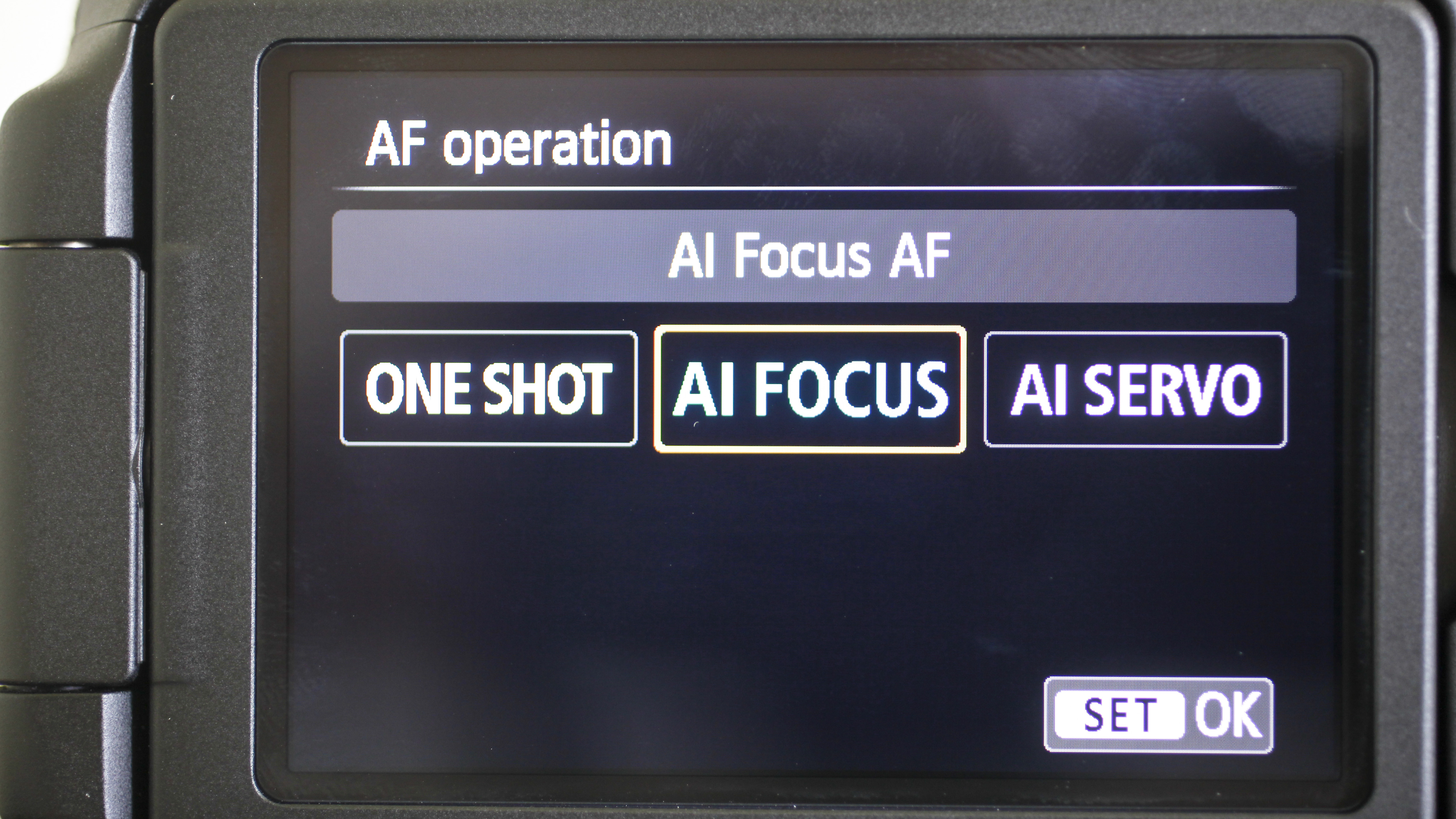
In reflex mode (when images are composed in the viewfinder) the Canon EOS 650D uses a nine-point phase detection autofocus system. All of these points are cross-type (only the central AF point on the Canon 600D is cross-type).

We found the Canon 650D focuses quickly and accurately, although those used to bigger 'square' AF points (as on Canon 60D and Canon 7D cameras) might find the Canon EOS 650D's AF points a little small to begin with.

There are also new focusing modes you can use with the touchscreen when shooting in Live View or HD Video mode on the Canon EOS 650D; Face Recognition and Tracking, FlexiZone - Multi, Flexizone - Single, and Quick Mode.

Face recognition AF in Live View is already available on cameras such as the 60D and 7D (it's cunningly called Live Face detection). However, the new Face Recognition and Tracking AF mode on the Canon EOS 650D is much improved, thanks to the touchscreen.

On other DSLRs you need to move the focus box around on the screen (using the cursor buttons) until it is over your subject, then focus and wait for the face recognition AF to kick in, then press the shutter button. It's slow.

On the Canon EOS 650D, in Live View and using Face Recognition and Tracking AF, you can instantly touch the screen to quickly focus on your subject. It will then track their face around if you move the camera to recompose, or if the subject moves. This is helpful for both stills and videos.

Quicker still, if you're using the Touch Shutter, you just touch the screen once to focus on the subject and take a picture. It's fast! This also means you can use the Canon EOS 650D to shoot handheld using Live View and still get sharp shots.
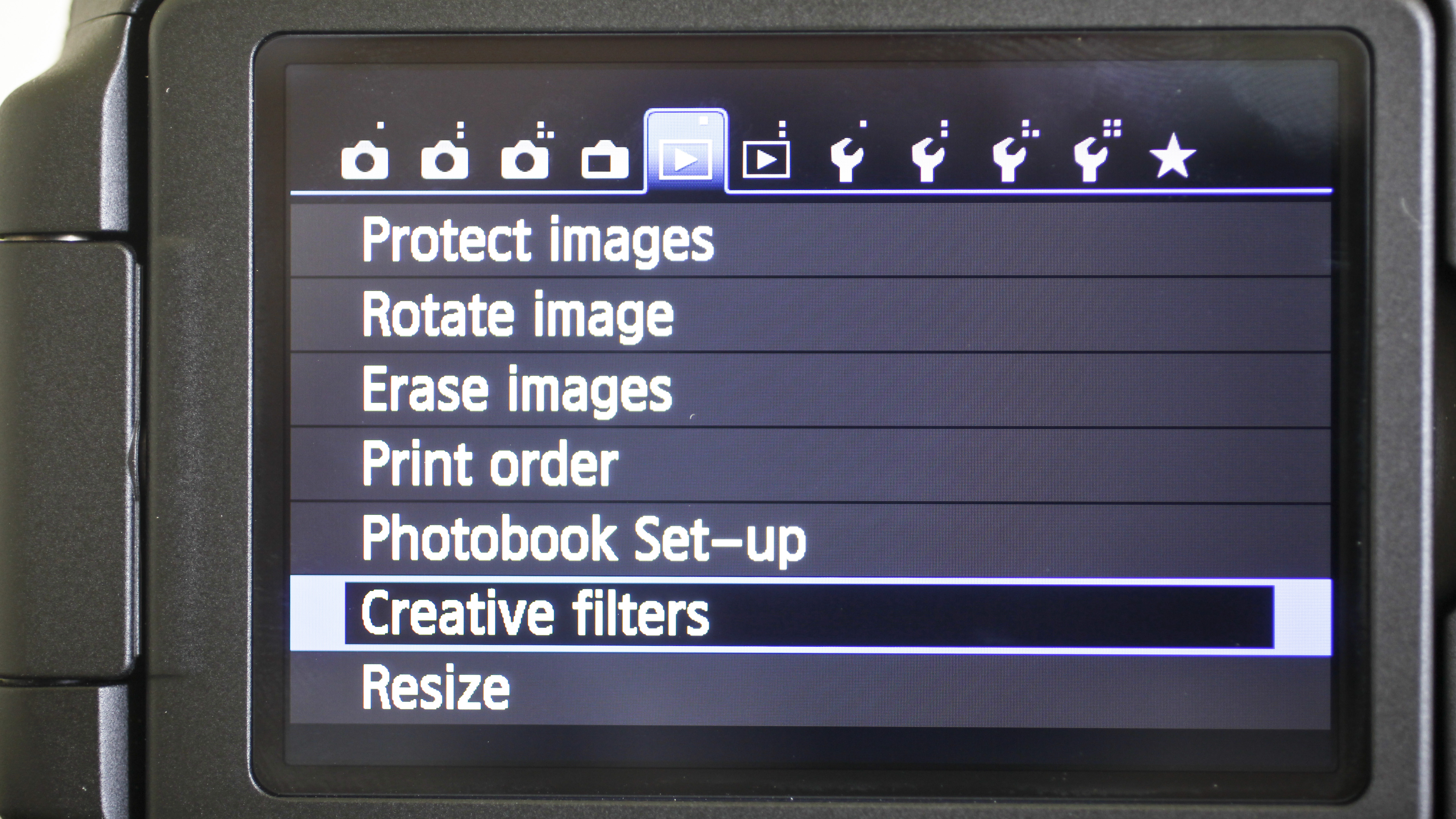
The FlexiZone-Multi mode automatically uses up to 31 AF points to cover a wider area. This can be divided into nine focusing zones. Half-press the shutter button to focus and small green AF boxes flash up to show you where it's focused - usually on whatever's closest in the frame.
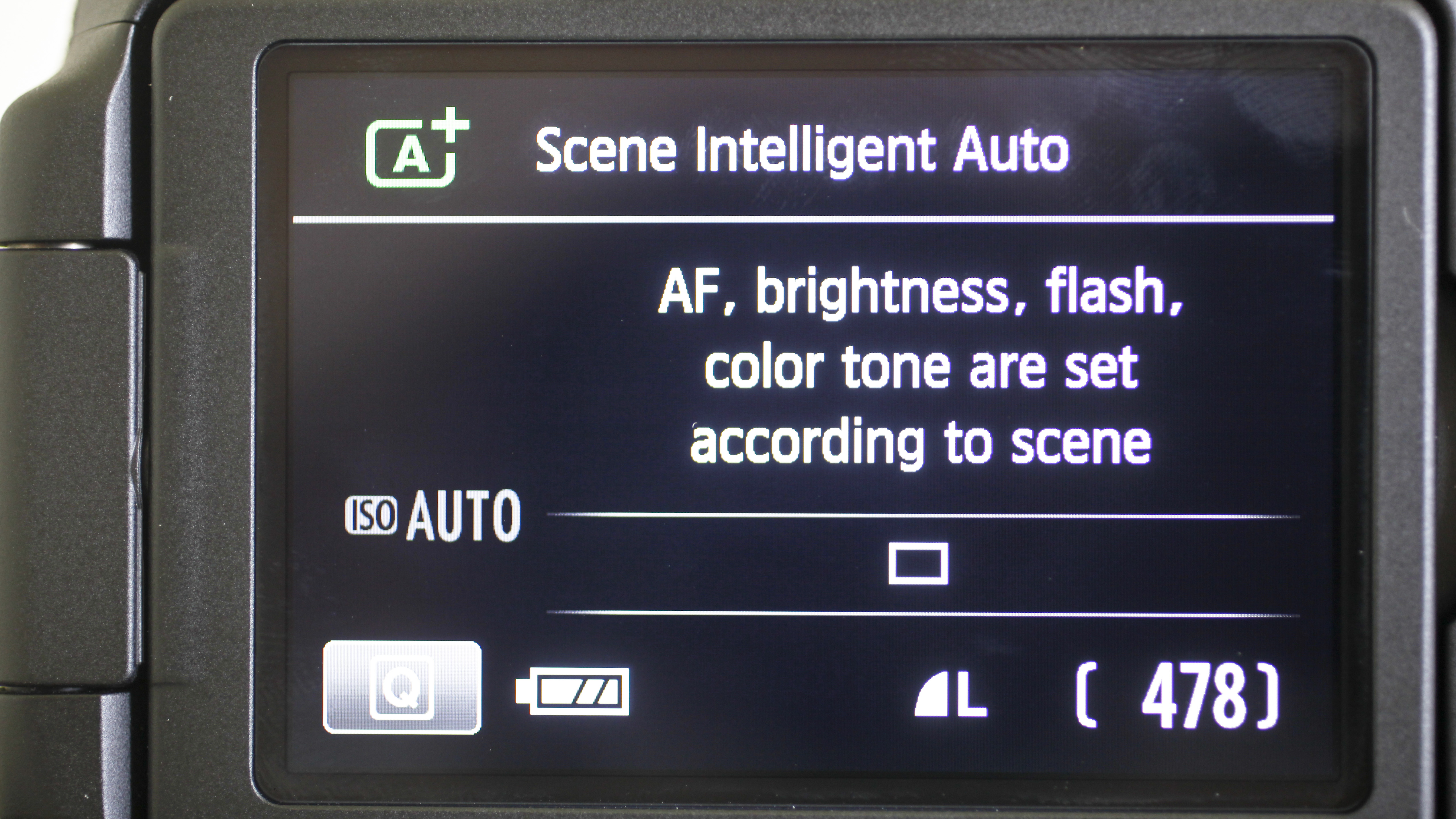
Or you can tap the LCD to select a focusing zone - again half-press the shutter button to focus, or fully press the button to take the shot. This covers a larger area than the usual AF points, and we found this setting worked OK for videos, but better for still photos.

The Flexizone - Single mode uses on AF point, but can't go to the edges of the frame, while the Quick Mode is works using the normal AF sensor and nine AF points as you would through the viewfinder.
New modes

HDR Backlight Control mode is meant to help enhance both highlight and shadow detail, but in our tests the impact was very subtle, and in some cases hardly noticeable when shooting subjects against bright window light. It also added a warm colour cast.
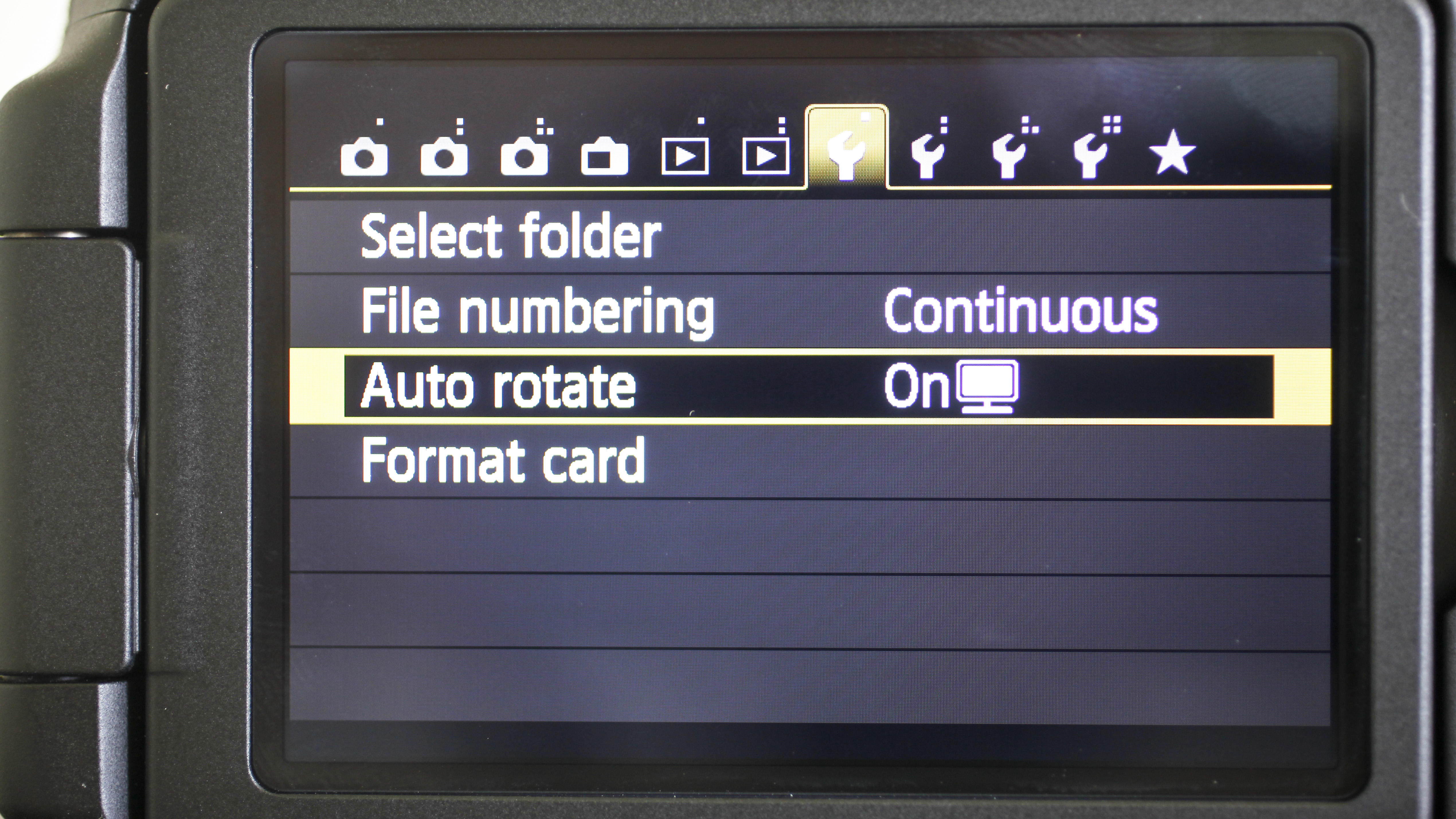
Our results when using Handheld Night Scene were pretty noisy, and any movement during the shots was blurred. It's OK for spontaneous evening scenic shots, but we'd recommend a tripod and shooting at lower ISO for better low-light landscape shots.
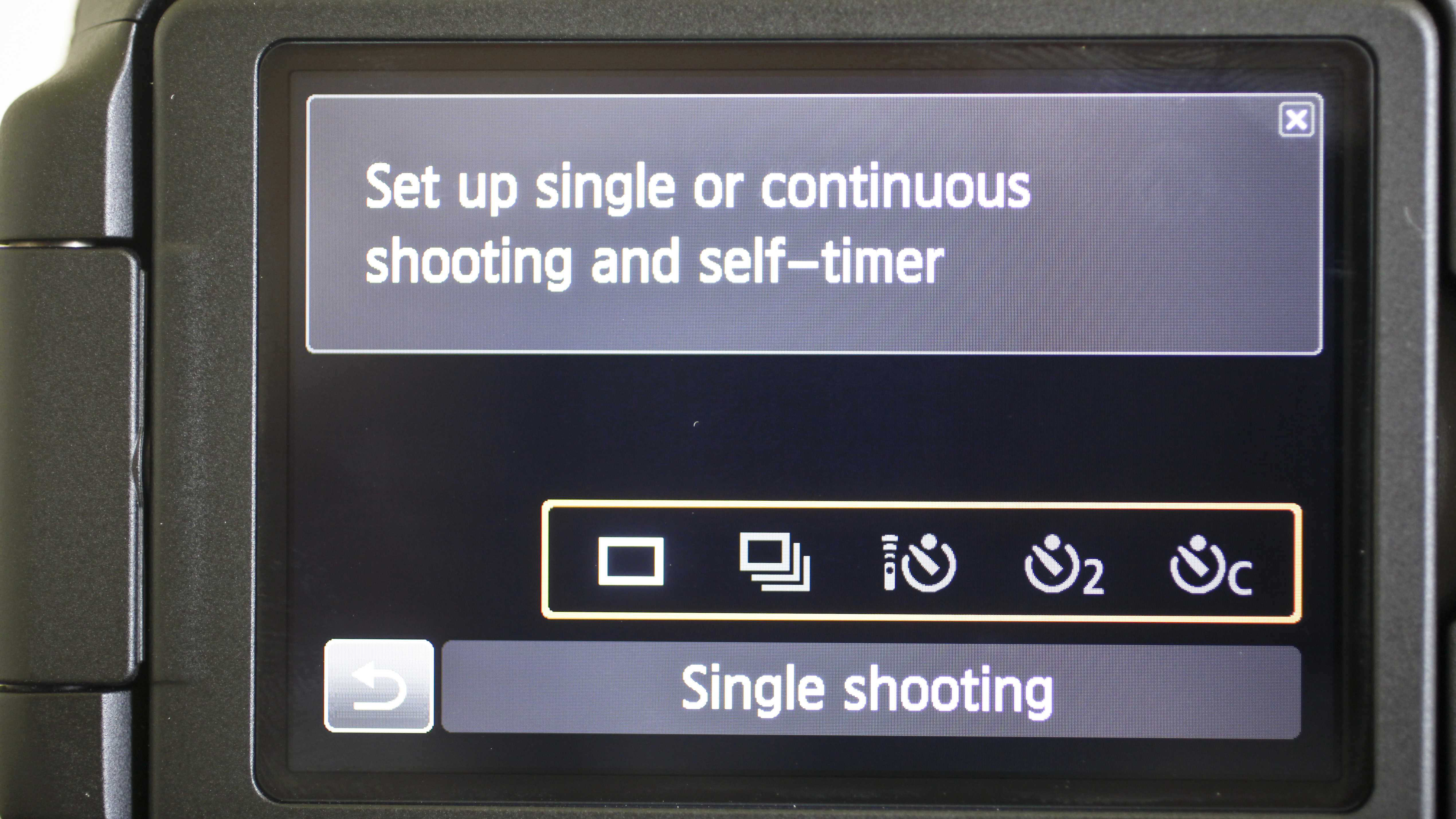
The Canon EOS 650D also gets two new Creative Filters - Art Bold Effect and Water Painting Effect. Both of these, like the other five filters (Grainy B&W, Soft focus, Fish-eye Effect, Toy Camera Effect and Miniature Effect - also available on 600D) can be applied in-camera to images viewed in playback mode, and the results are saved as a new image.

They're just for fun, really, and both the Art Bold and Water Painting filters are an acquired taste. We prefer the Miniature filter, with its tilt-shift focusing effect.
